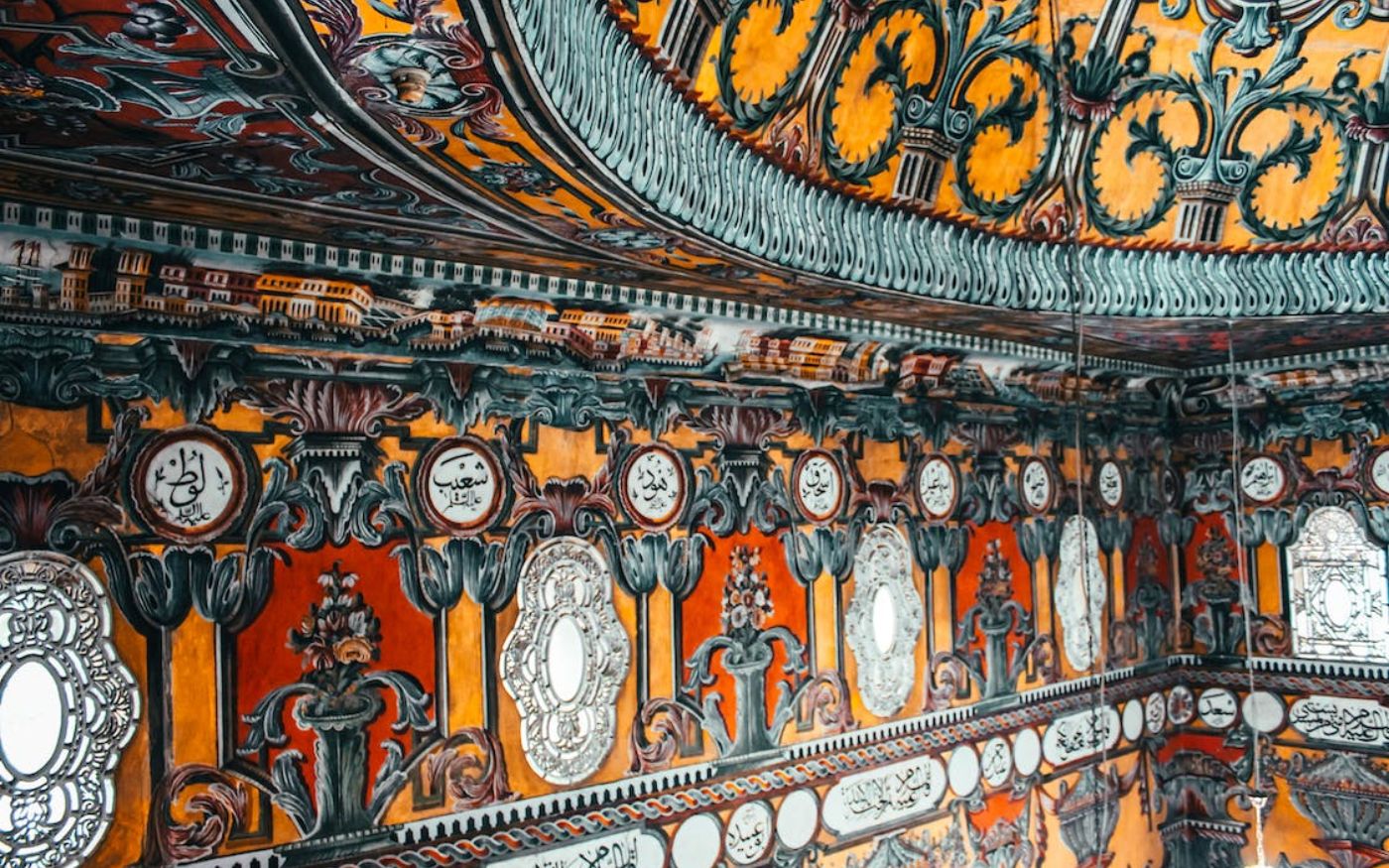People of the Islamic faith are a small religious group in Latin America, accounting for only 0.1 percent of the population. However, the region still offers beautiful mosques and Islamic centers as spaces for worship. In addition to serving as sacred houses of worship, the mosques in Latin America show the rich culture of the region through its art.
From detailed tile work to tall minarets, these mosques show the area’s beautiful and varied Islamic art and architecture.
During Ramadan, many of these mosques come to life with colorful decorations and lively celebrations. Mosques in Latin America are a must-see for anyone who wants to see how Islamic and Latin American cultures blend in a unique way.
When your travels find you exploring Latin America, visit one of these mosques and experience the vibrant atmosphere during Ramadan, which is a truly special time for the Muslim community all over the world.
Mezquita Suraya, Mexico
The construction of Mezquita Suraya was Mexico’s first mosque to be purpose-built from the ground up. Completed in 1989, its design reflects both Islamic and Hispanic architectural traditions.
It is located at Torreón, Coahuila in Mexico.
Mosque of Sheikh Ibrahim Al-Ibrahim, Venezuela
Also known as Caracas Mosque, this Venezuelan mosque is the largest in Latin America. Perched on a hilltop, it provides stunning views of Caracas and the surrounding area below. The mosque’s majestic architecture and breathtaking aesthetics never fail to awe and amaze visitors.
Calls to prayer are announced from a minaret more than 300 feet tall. Constructed in 1993, the mosque also features a 75-foot-tall dome, an element found in most mosques representing the vault of heaven. An estimated 3,500 people can pray in the mosque at one time.
Mesquita Brasil, Brazil
Mesquita Brasil is a beautiful mosque with a unique blend of Ottoman and modern architectural styles. Located in São Paulo, the interior of the mosque is equally stunning. Ornate chandeliers and intricate tile work blend classic Syrian and Moroccan styles perfectly. A spacious prayer hall accommodates up to 1,500 people for worship services.
Its distinctive minaret and modernist architecture are visually striking on the exterior. Visitors can also appreciate taking in the beautiful calligraphy and intricate traditional Middle Eastern tile work inside.
King Fahd Islamic Cultural Center, Argentina
Argentina got its name from the former King and Prime Minister of Saudi Arabia, Fahd bin Abdulaziz Al Saud. After Argentina’s government gave the mosque more than 300,000 square feet of public land in the Palermo neighborhood of Buenos Aires in 1995, it became the biggest mosque in Latin America.
The mosque also contains a library with more than 3,000 books about Islam and Arabic culture. A cultural center inside the space gives the local Muslim community a place to hold classes and events. The building’s design was based on the Great Mosque of Cordoba in Spain, combining traditional Islamic architecture with modern features.
The Mosque of Omar Ibn Al-Khattab, Colombia

La Guajira is home to the mosque that holds the title of being Latin America’s third largest sacred of its kind. People in the community refer to it as La Mezquita, a literal translation of the Spanish word for the mosque.
The Mosque of Omar Ibn Al-Khattab is a stunning example of the fusion between Islamic and Latin American cultures. Its intricate design and unique features make it a must-see destination for anyone interested in exploring the rich history and diversity of the region’s religious architecture.
The Omar Ibn Al-Khatab Mosque, Brazil
The Omar Ibn Al-Khatab Mosque (Mesquita Foz Do Iguacu) is a mosque located at Foz do Iguacu, Paraná, Brazil. Situated in the city near the mesmerizing Iguazu Falls, the mosque first opened in 1983.
Its design is based on the Al-Aqsa Mosque in Jerusalem and welcomes visitors with a beautifully-designed white exterior. The mosque is named after Omar Ibn Al-Khatab, a good friend of Muhammad, the founder of Islam. In the main prayer room, the back wall of the mosque has a beautiful Mihrab built into it.
